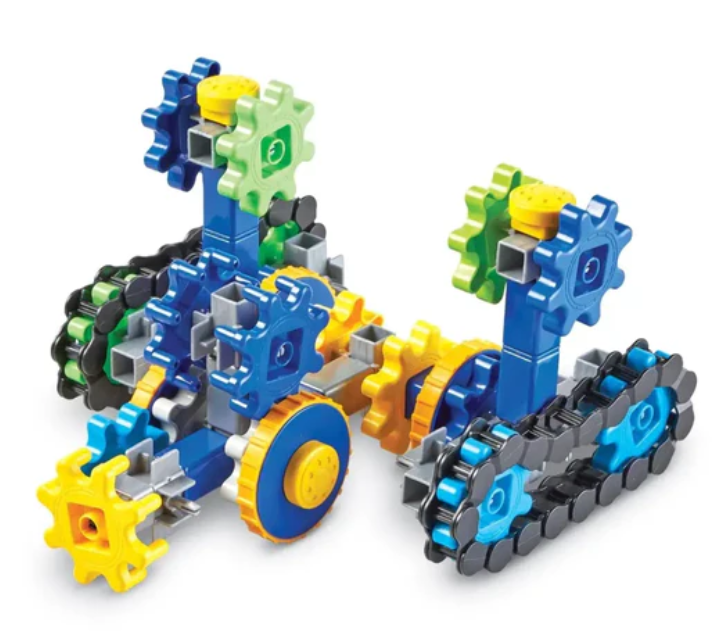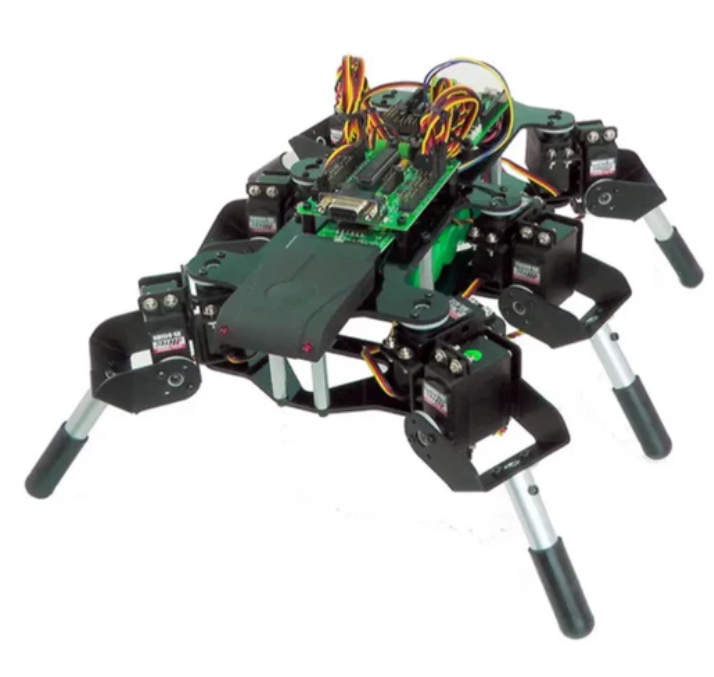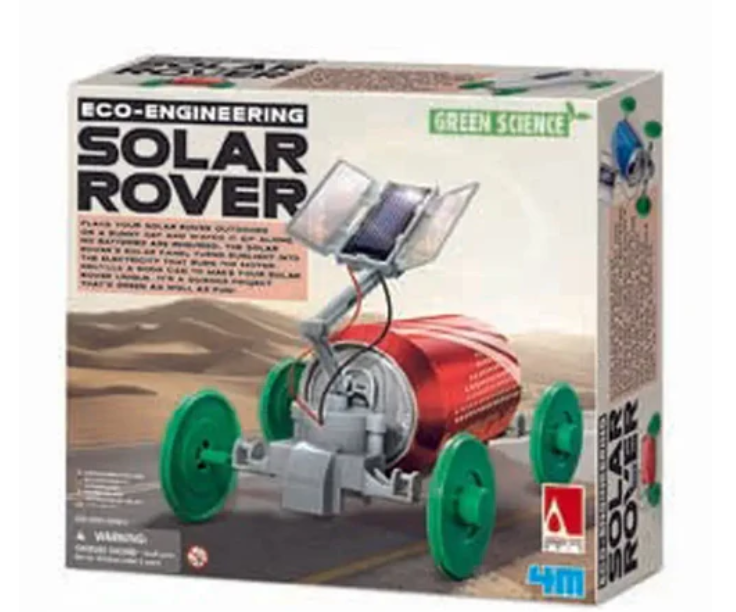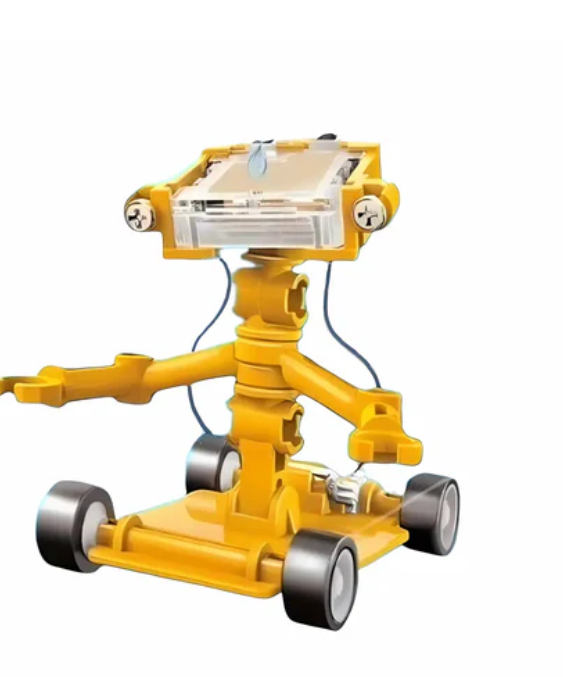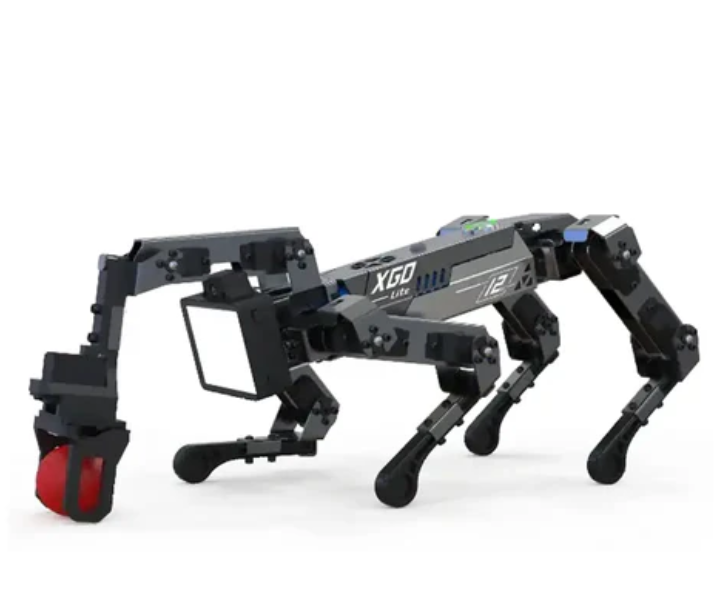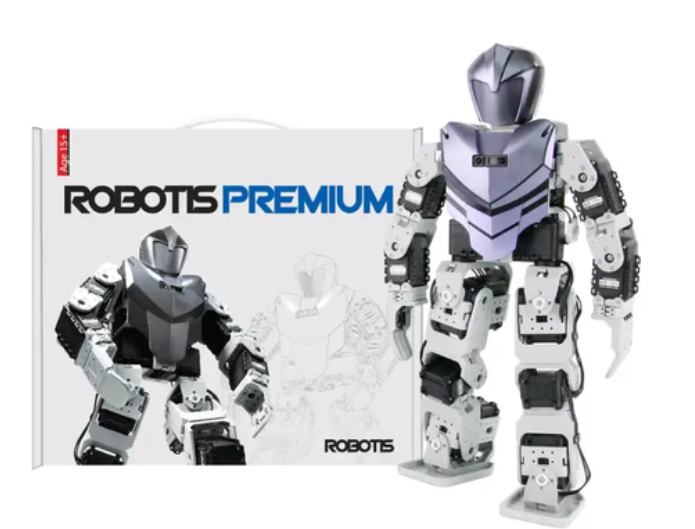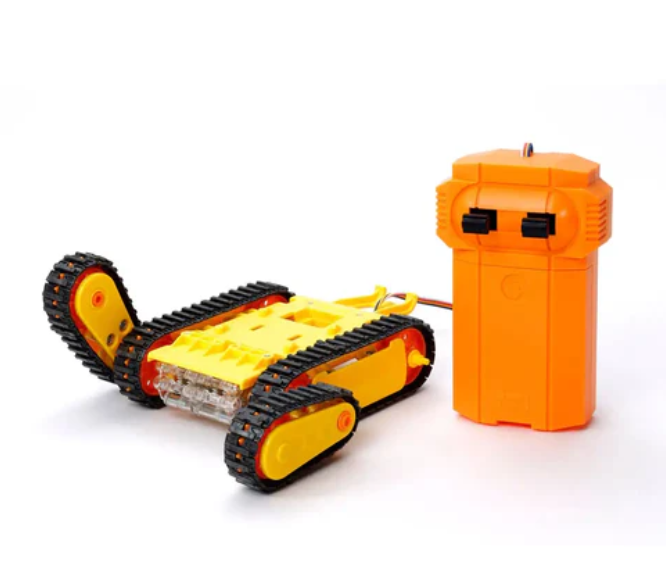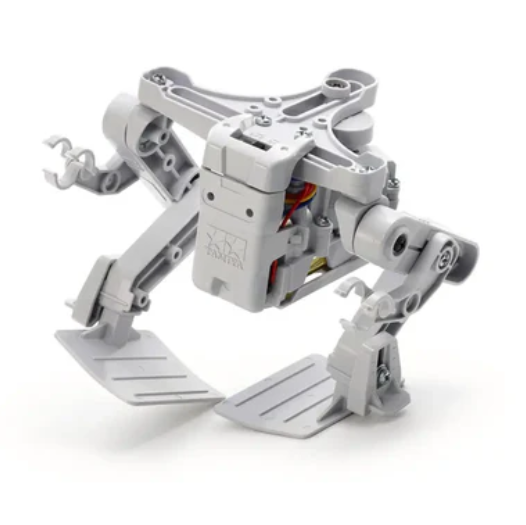
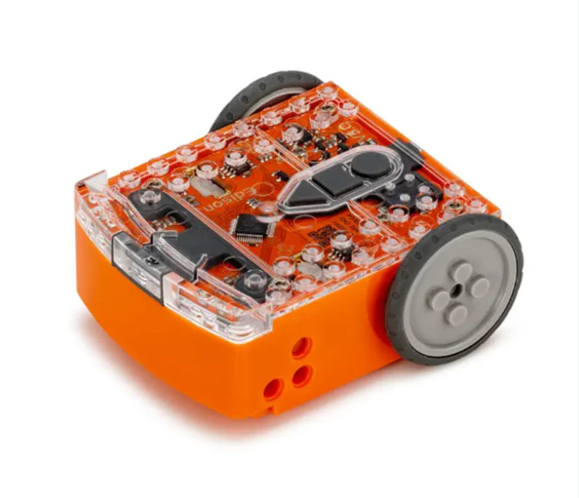




Top Selling Products
- Edison Robot V3 – EdPack1
- Lightweight and compact, weighing only 0.162 grams
- Includes USB cable for programming and charging
- Ideal for individuals interested in coding and robotics
- Ages: 4-16 years
- The Edison Robot V3 – EdPack1 is a well-designed product designed for individuals with a keen interest in the field of coding and robotics. The EdPack1 contains an Edison V3 robot with a built-in rechargeable battery.
- The Edison robot’s different sensors can detect different things, including sound, visible light, and infrared light. Edison can be programmed using any of the Edison programming languages to react to the different inputs it detects. The Edison robot’s sensors, along with its motors, buttons, lights, and removable wheels, provide students with a variety of ways to interact with the robot and lay the foundation for a meaningful, interactive 21st century education.
- The robot also comes with a USB cable for programming and charging. The robot is lightweight, weighing only 0.162 grams, and has a compact size of 8 x 4.3 x 7.8 cm, making it easy to operate.
- Sound Sensor/Buzzer
- With the Sound Sensor, you can program the robot to detect loud sounds and react. This feature enables the "clap control" driving barcode program, which is a great choice for teaching conditionals and branching with coding.
- The Buzzer can be used to play music, which is a great way to incorporate art into STEAM projects using the Edison robot.
- Lights
- The LED lights can be programmed to turn on or off independently, providing additional flexibility in output options. The red LED is great for use in programs as a visible signal that something is happening, such as a sensor-driven event trigger, and allows students to add variety to their programs.
- Motors
- The Edison robot has two motors, each controlling a power socket, one on the right side of the robot and the other on the left. The two motors can be programmed to run simultaneously or individually. Independent control of the motors allows the Edison to move in different ways, including turning a specified angle or rotating on a point.
- Removable Wheels
- Both of the robot's wheels can be removed from the robot. The wheels attach to the Edison using built-in axles that are located in the power sockets on each side of the robot. Replacing the wheels on Edison with axes allows for a variety of robot features.
- Buttons
- There are three buttons on the Edison robot: the Play (triangle) button, the Stop (square) button, and the Record (circle) button. As the names suggest, these buttons are used to program the robot and then run and stop those programs in Edison.
- Light Sensors
- The Edison's light sensors are the sensors that allow Edison to detect and measure visible light. Edison's main light sensors are located on the top of the robot, one on the right side of the robot, and one on the left side of the robot. (Edison also has a third light sensor that is located underneath the robot and works as part of the line tracking sensor.)
- The light sensor can be used to detect visible light, the part of the spectrum that people can see, from any light source near the Edison. The sensor measures the light detected and stores the value as a light reading. The more light detected, the higher the light reading.
- Obstacle Detectors
- The robot's infrared light sensors are the sensors that allow Edison to emit and detect infrared light. This sensor consists of three parts, all located on the front of Edison: two infrared LEDs (one on the right and one on the left) plus an infrared receiver in the middle.
- Because infrared light sensors can be used to detect the presence and relative position of obstacles (to the right, left, or directly in front of them), they are great for teaching conditions and branching. Obstacle detection can also be used for creative autonomous programs, such as having a robot complete a 3D maze.
- Line Sensor
- The line follower sensor is the sensor that allows Edison to distinguish between dark and light surfaces. This sensor is located on the bottom of Edison, near the power switch. The line follower sensor consists of two parts: a red LED and a visible light sensor.
- Remote Control Receiver
- The infrared light sensor for the Edison robot is located on the top of the robot, directly in the front center. This sensor allows Edison to detect infrared light, including infrared light emitted by remote controls (such as TV or DVD remotes). The robot can then be controlled like a remote control car!
- Edison can also use the infrared light sensor to detect remote commands and react in custom programmed ways. You can create programs for Edison that tell the robot what to do when it receives specific remote control commands.
- Infrared Messenger
- Edison robots can send and receive messages to other Edison robots using infrared. One robot can send out an infrared message using its two infrared LEDs, which can be detected by the infrared receiver of another robot. The receiving robot can be programmed to react to a specific infrared message. Infrared messaging with multiple robots allows students to collaborate and create interactive, multi-label projects and programs using Edison.
Related products
$149.99
Ainova Vision Robotic Car with Wondercam, Graphic Scratch and Python Programming
Club Point:
0
